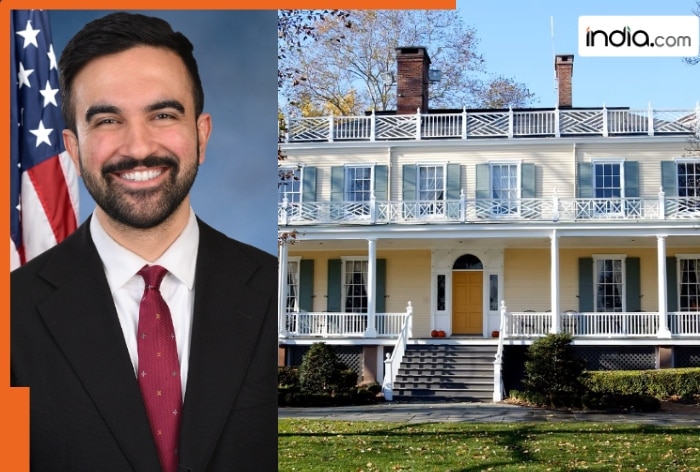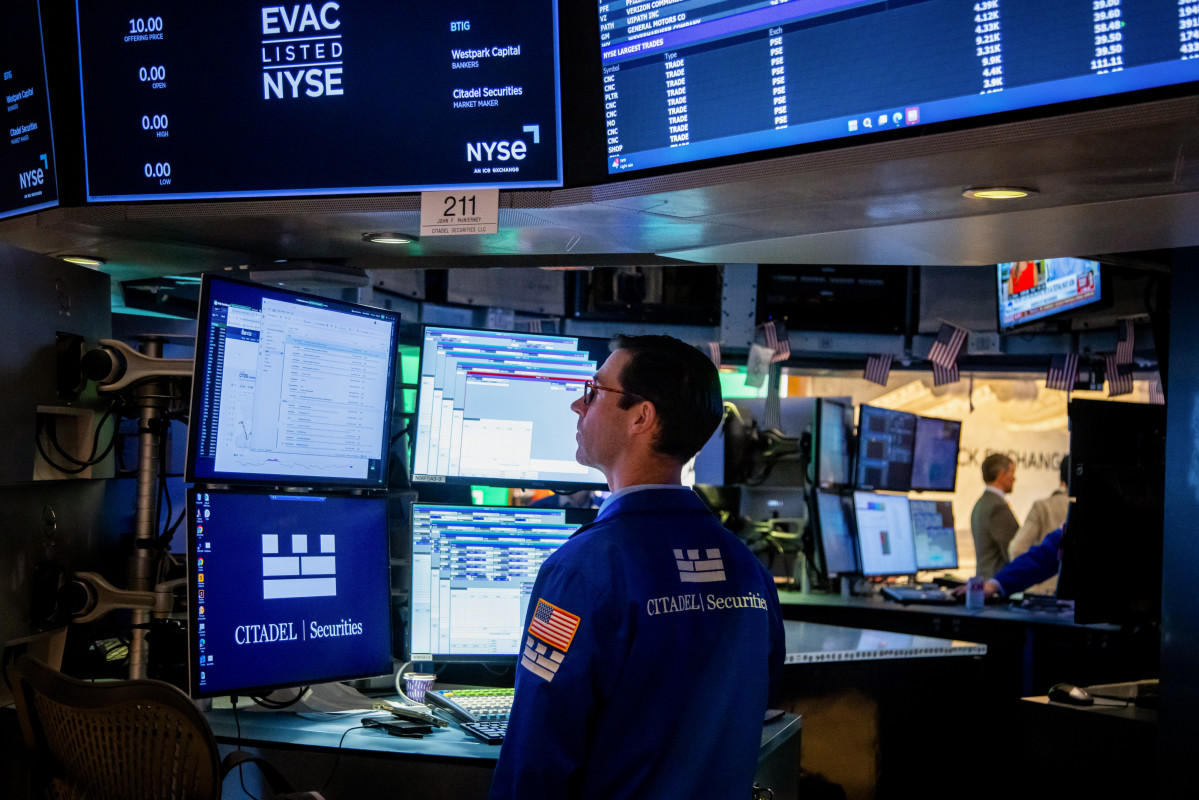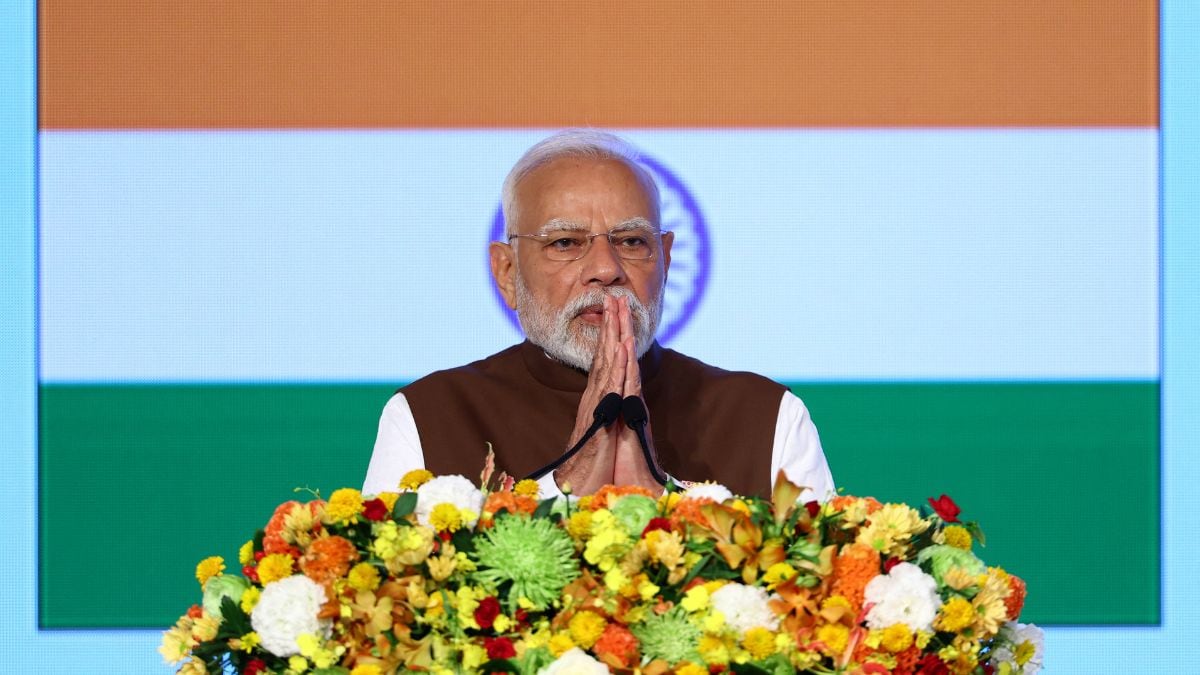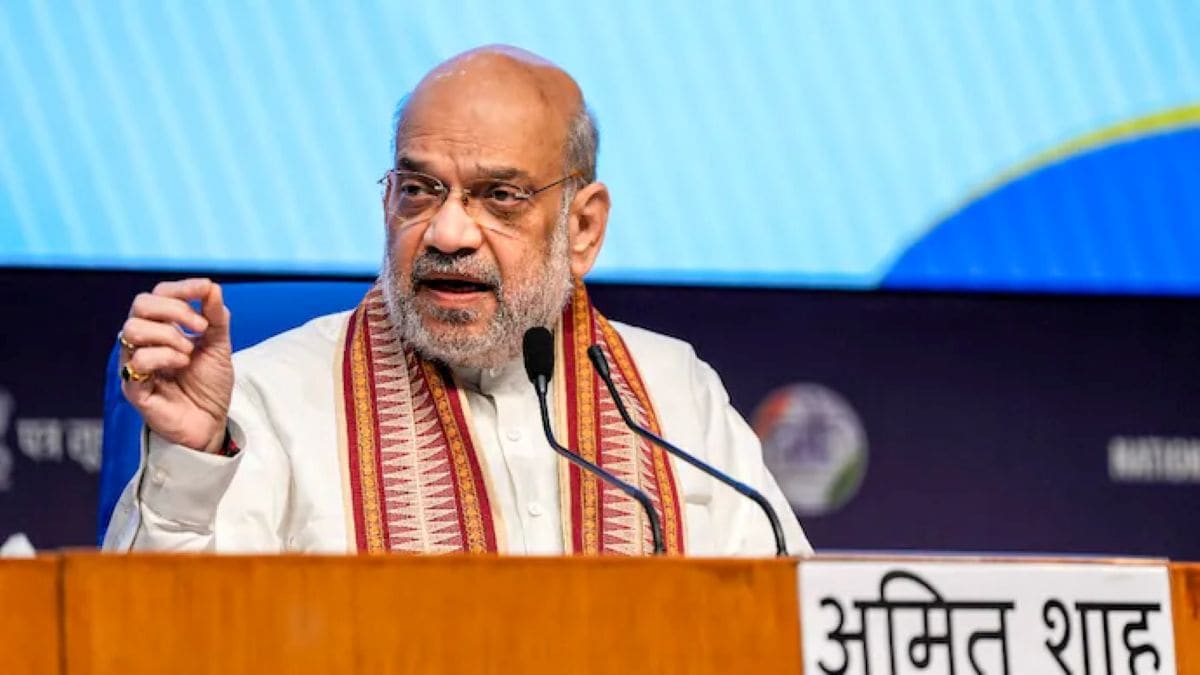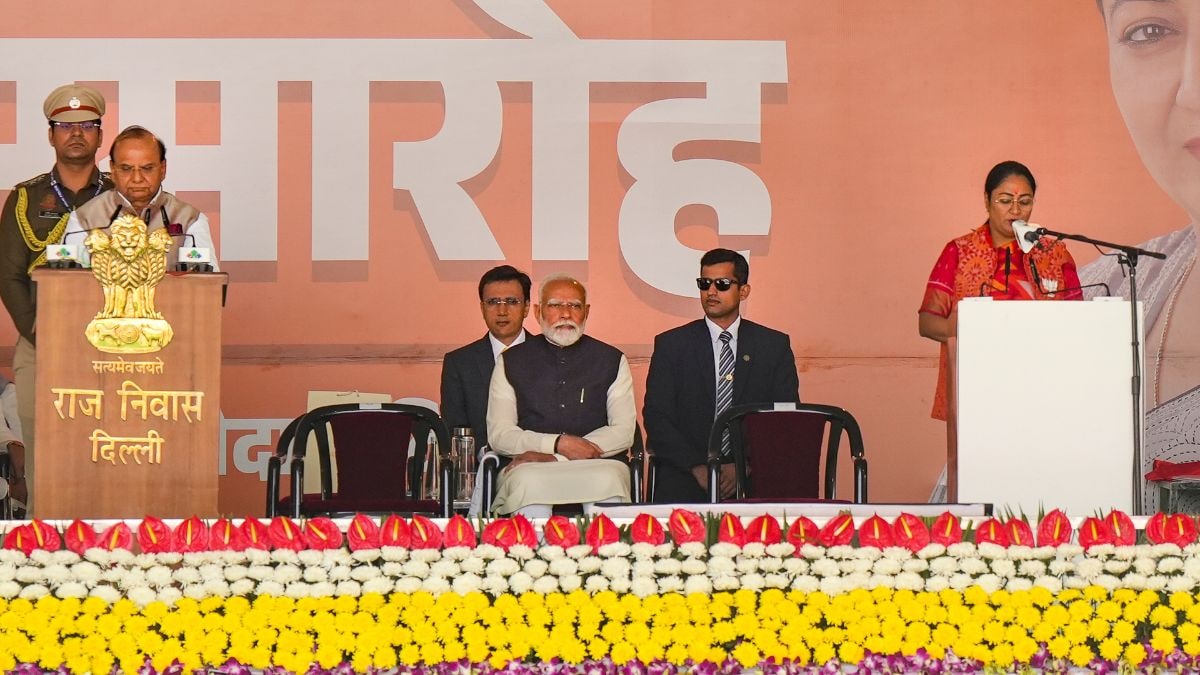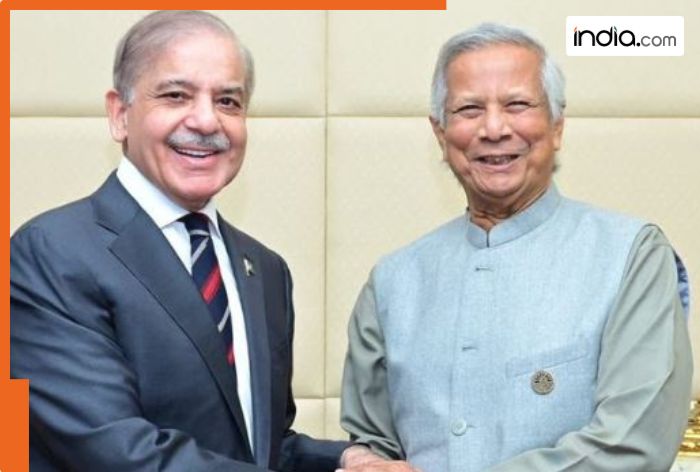Federal Reserve interest rate cut looms
What would be this year’s October Surprise at the Federal Reserve? If the Fed doesn’t cut interest rates at its Oct. 28-29 meeting. The widely watched CME Group FedWatch Tool expects a 98.7% chance of a quarter-point reduction to the Federal Funds Rate during the Federal Open Market Committee ...
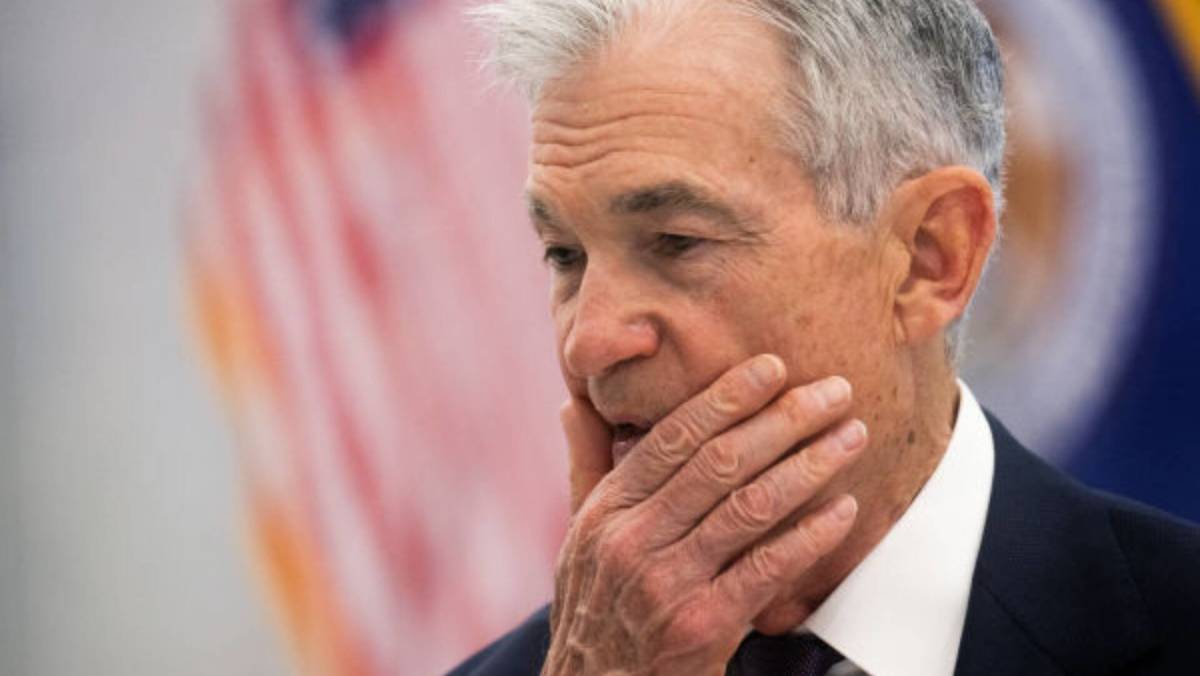
What would be this year’s October Surprise at the Federal Reserve? If the Fed doesn’t cut interest rates at its Oct. 28-29 meeting.
The widely watched CME Group FedWatch Tool expects a 98.7% chance of a quarter-point reduction to the Federal Funds Rate during the Federal Open Market Committee meeting, which would bring the federal funds target to about 3.75% to 4.00%.
- Economics is generally considered an inexact science; hence, the government shutdown is adding layers of uncertainty.
- The data-driven independent central bank depends on leading economic indicators, especially from the Bureau of Labor Statistics, to set monetary policy.
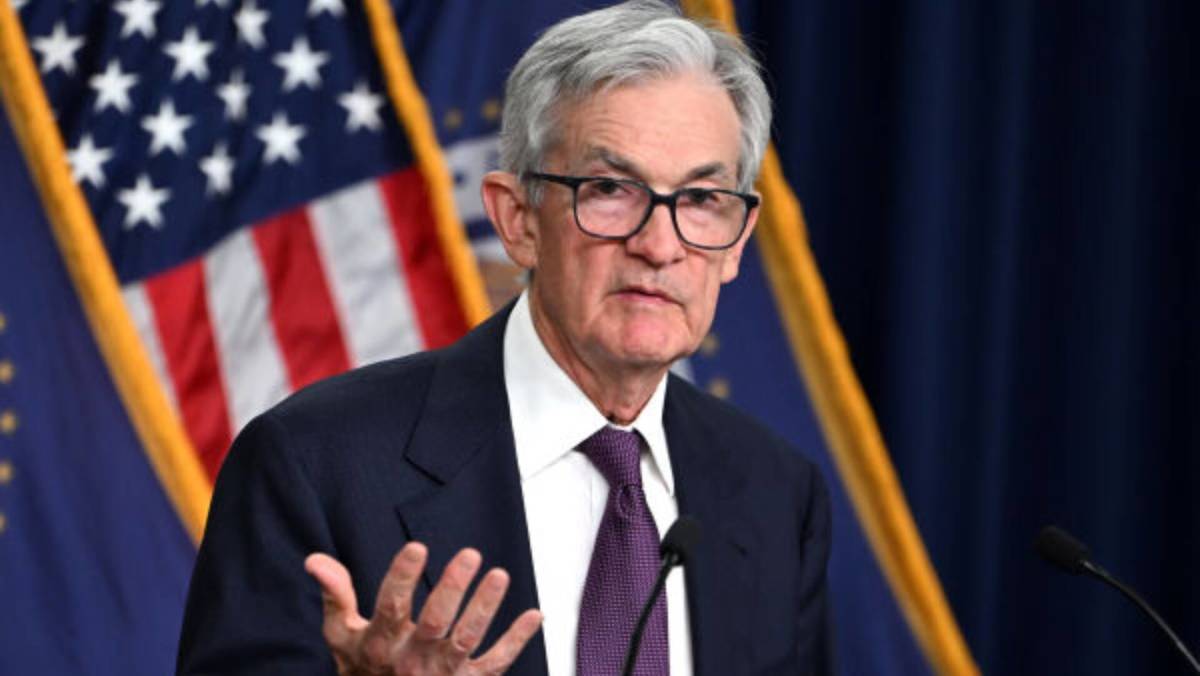
Image source: Caballero-Reynolds/AFP via Getty Images
The Fed balances jobs, inflation, and interest rates
The Consumer Price Index (the only leading indicator that reported September figures) came in cooler than expected.
Economists say the committee’s decision will balance inflation that is still above the Fed’s 2% target against mounting evidence that the labor market is weakening.
With the government’s primary statistical agencies shuttered, private-sector data fills some gaps but often lacks credibility or timeliness, leaving the Fed in a “data fog.”
More Federal Reserve:
- Bank of America hiring data rings alarm on economy
- Fed Chair Powell’s surprising words may cause mortgage rate tumble
These missing data points are essential for the Fed to meet its dual mandate: maximum employment and stable prices.
Without fresh data, the Fed risks misjudging the economy’s trajectory.
U.S. shutdown shutters government economic data
The government shutdown began Oct. 1 and shows no signs of thawing.
This requires the Fed to consider partial or private-sector indicators.
Eric Diton, president and managing director of The Wealth Alliance, said two cuts in 2025 and two more by mid-2026 appear to be the median expectation, even with the shutdown.
Related: Shutdown clouds Federal Reserve interest rate cut decision
“The lack of government data is being brushed off since we all think that it will be revised a month or two later,’’ Diton said. “Also remember that the expectations for four rate cuts were strengthened after the dismal September jobs report, with massive downward revisions.
“Despite all this negative talk around employment, in my opinion, we are in a no-hire-no-fire job market right now, with unemployment remaining low at 4.3%,” he said.
The Fed ponders a “meeting by meeting” approach
Some economists interpret Fed Chair Jerome Powell's recent remarks about a “meeting by meeting” approach to rate cuts as a modest, deliberate easing path, not a rush to aggressive stimulus.
Potential data surprises once the shutdown ends could change that calculus.
WEBs Investments CEO Ben Fulton said the Fed’s renewed commitment to continue lowering the Federal Funds Rate is both anticipated and appreciated.
“Inflation has moderated yet the risk of increased unemployment seems likely with major firms such as Amazon and others reducing staff with the advent of AI,’’ Fulton said. “I hope that means we instead see a continued beating of the drum of lowering Fed rates into 2026.”
Small businesses and individuals “will need access to capital if they are going to either compete or maintain their standard of living,’’ Fulton said.
- If the government reopens and fresh readings show inflation rebounding or job growth strengthening, the Fed could slow the pace of easing.
- Conversely, a protracted shutdown or worsening labor metrics would increase pressure for additional, faster cuts.
Related: CPI inflation data arrives as Fed interest rate decision looms
What's Your Reaction?







